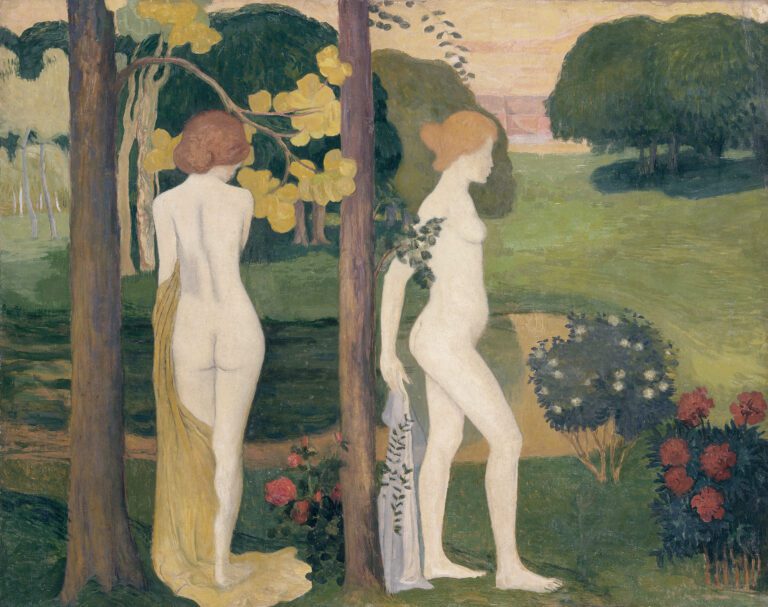Maillol
Aristide Maillol, born on December 8, 1861, in Banyuls-sur-Mer and deceased on September 27, 1944, in the same commune, established himself as one of the major figures of modern French sculpture, an architect of classical renewal that profoundly shaped 20th-century art. After beginning his career as a painter and tapestry designer influenced by the Nabis, he turned definitively to sculpture around 1895 following vision problems, developing a plastic language of great formal purity. His pivotal encounter with Count Harry Kessler, who became his patron, allowed him to devote himself fully to his art and realize his monumental works. “The Mediterranean” (1905), his first masterpiece that revealed him to the public, inaugurated a series of female figures with generous, balanced forms that would become emblematic of his style.
Maillol’s art is characterized by a tireless quest for harmony and fullness of form, favoring simple volumes and ample curves that confer upon his sculptures a monumental presence despite their often modest dimensions. Distanced from both the expressionist torments of Rodin and avant-garde abstractions, he elaborated a serene vision of the female body, an archetype of Mediterranean beauty anchored in classical tradition yet resolutely modern in its volumetric conception. His bronze and stone sculptures, including “Air,” “Night,” and the “Venus” series, demonstrate an exceptional mastery of material in service of a restrained sensuality and quiet monumentality that would lastingly influence European sculpture. The Maillol Museum in Paris, established by Dina Vierny, his model and universal legatee, perpetuates today the memory of this essential artist whose work embodies a timeless classical ideal.

